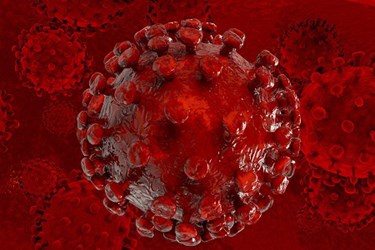Could New Gene Therapy Technique Lead To Successful HIV/AIDS Vaccine?
By Anna Rose Welch, Editorial & Community Director, Advancing RNA

In a new study published in Nature, researchers from the Scripps Research Institute have found that a new gene therapy technique might be the key to developing the elusive AIDS vaccine. In the study, the researchers found that the treatment technique kept rhesus macaques from becoming infected with simian HIV (SHIV) over the course of a year, even after being given 16 times the amount of virus that made untreated monkeys ill, The New York Times reports.
The current method of treatment, according to The NYT, is to treat monkeys with large cocktails of different antibodies that only work (sometimes less than effectively) on one or two HIV strains. However, given HIV’s ability to mutate, the illness is often capable of evading these antibodies. The longer HIV is in the body, the more host cells its kills and the weaker the immune system grows, which eventually leads to the development of AIDS.
In the newest discovery, scientists created an antibody-like molecule that would lure the HIV virus away from its targeted cells. The decoy antibody blocks two specific sites on the spike that the virus uses to attach itself to the CD4 and CCR5 receptors on the surface of white blood cells. When these sites on the spike are blocked, the virus is unable to attach to cells and is left to be tackled by the immune system, The Los Angeles Times reported. The researchers injected an altered adeno-associated virus (AAV), or what Dr. Michael Farzan of the Scripps Research Institute in Florida says would more appropriately be called “a gene therapy vector,” in the monkeys’ muscles which led the cells to begin producing this decoy protein molecule known as eCD4-Ig.
A future goal for this research is testing the treatment technique to determine whether it will be effective in halting the virus in monkeys that are already infected. Farzan says there is still a lot of work to be done to determine if the treatment would be effective in humans. However, should the research in animals continue to prove positive, he envisions launching human trials that would test the treatment method in those who are currently infected with or that are high-risk for HIV.
